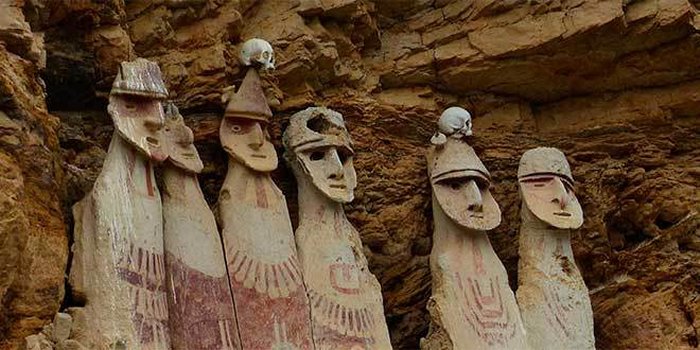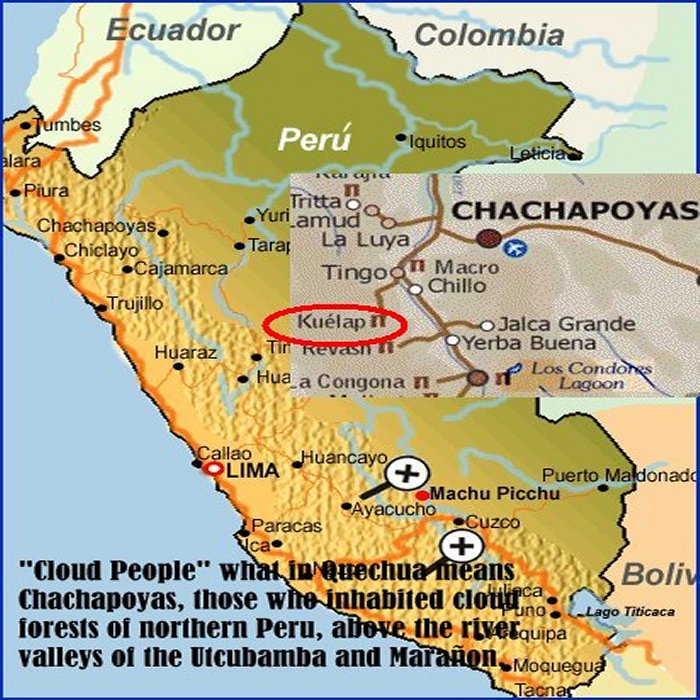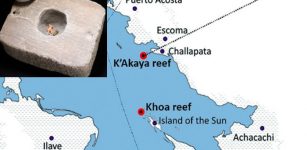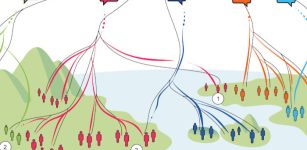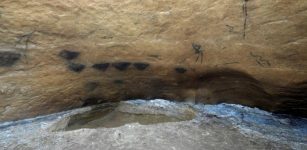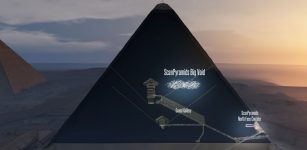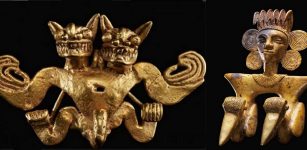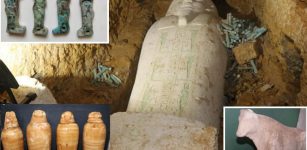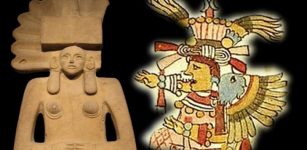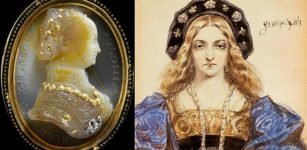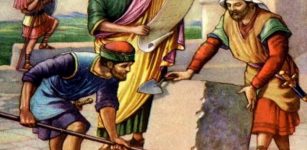Genetic Evidence Reveals: Chachapoyas “Cloud People” Resistant To Inca Rule
AncientPages.com - The Chachapoyas were the original inhabitants of cloud forests of northern Peru, above the river valleys of the Utcubamba and Marañon. Today, they are particularly well-known for their unique body-shaped sarcophagi and the monumental fortress of Kuelap, the "Machu Picchu of the north," situated at an elevation of 3,000 meters.
Knowledge regarding these people, also known as the “Warriors of the Clouds” or the “Cloud People” what in Quechua means Chachapoyas, is mainly based on Inca oral histories, written down only decades later after the Spanish conquest.
These sources say the Chachapoyas were forcibly resettled out of and dispersed across the Inca Empire.
However, a new study conducted by an international team including researchers from the Max Planck Institute for the Science of Human History, used genetic evidence to reveal that despite Inca conquest, the Chachapoyas have remained genetically distinct, and not assimilated by the Inca Empire and its expansion into this area hundreds of years ago.
The Chachapoyas territory was conquered by the Inca Empire in the late 15th century.
See also:
Mysterious Sarcophagi Belonging To The Chachapoyas The Cloud People
"By targeting various linguistic indicators, we were able to pinpoint a genetic signal in Chachapoyas that turned out to be far more diverse than we expected, especially in the male line, from father to son," Chiara Barbieri, a geneticist at the Max Planck Institute for the Science of Human History in Jena, Germany, and lead author of the study, said.
"First of all, there's still a strong surviving Native American component, despite all the admixture with European genes ever since the Spanish conquest. What's more, here the native component is quite different from the main genetic network in the highlands of central and southern Peru. This is where the Inca Empire and its predecessors originated, and their conquests, road networks and empire-building ended up homogenizing the genetic make-up here."
The result of the study reveal that despite Inca conquest, the population of Chachapoyas has remained genetically distinct, and not assimilated with the Inca Empire.
“These latest samples are part of a wider genetic coverage of Peru that we’ve been building up for years. It’s these groups like the Chachapoya, culturally and linguistically highly distinctive, who have the most to tell us about our ancestors: where they came from, where they migrated to, what interactions they had with each other, and so on. Also, the Chachapoyas culture left such extensive archaeological remains that there are good prospects for recovering ancient DNA, to complement the modern picture,” according to Peruvian geneticists, José Sandoval and Ricardo Fujita of the Universidad San Martin de Porres in Lima, Peru, involved in the study.
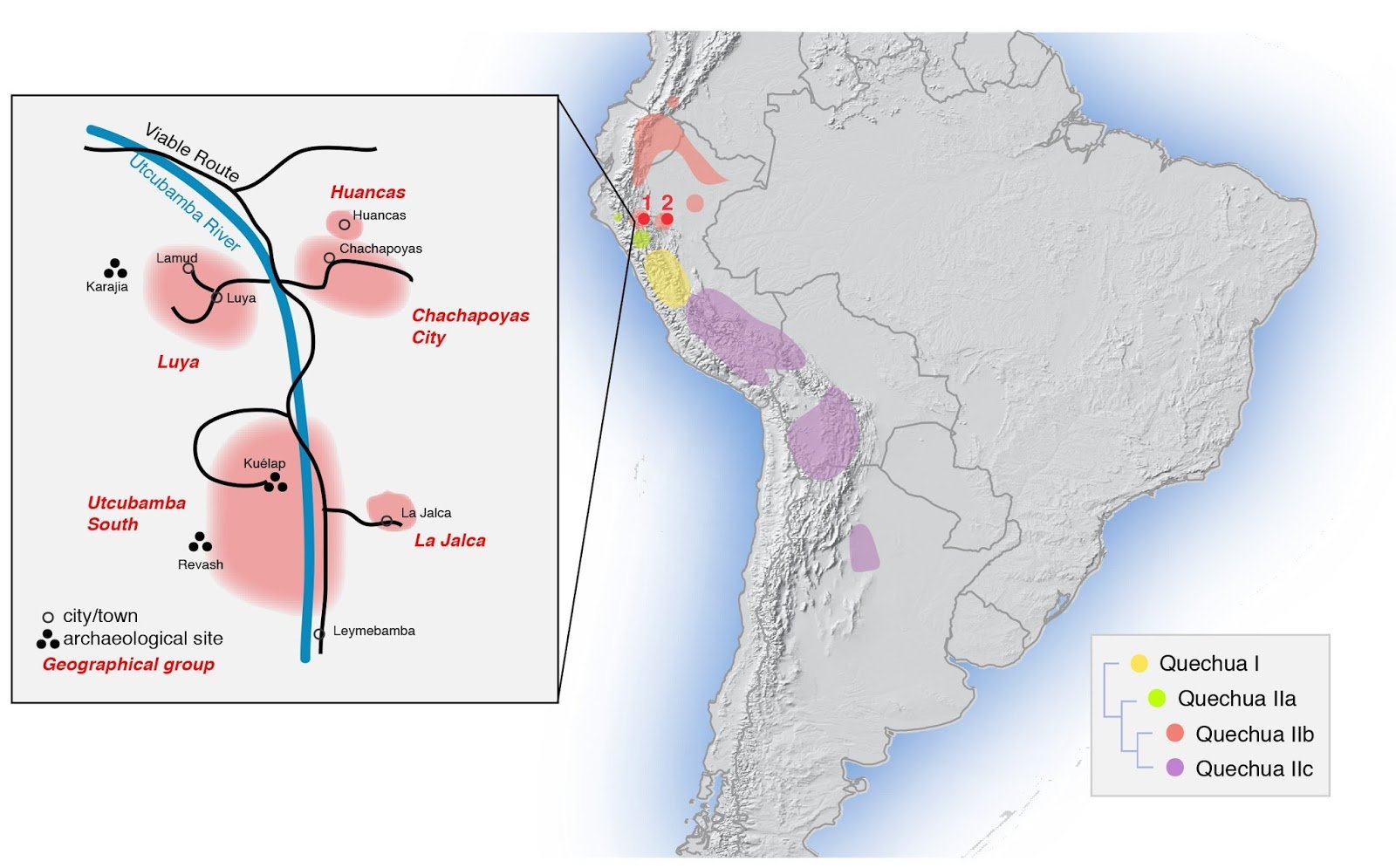
Map of sampling locations and approximate distribution of sub-branches of the Quechua language family, as traditionally classified. Red dot 1 marks the sampling locations in the Amazonas region (Chachapoyas City, Luya, Huancas, Utcubamba South, La Jalca); red dot 2 marks that in the San Martín region (Lamas, Wayku neighbourhood). The inset zooms in on the sampling locations in Amazonas. Credit: Barbieri et al.
“Quechua is one of our most direct living links to the people of the New World before Columbus. It still has millions of speakers, more than any other language family of the Americas – but not in Chachapoyas anymore…” said Paul Heggarty, a linguist and senior author of the study, from the Max Planck Institute for the Science of Human History.
The Quechuan language, an indigenous language spoken by the Quechua peoples, primarily living in the Andes and highlands of South America, is now almost extinct in this particular region (Chachapoyas region).
“It seems that Quechua reached Chachapoyas without any big movement of people. This also doesn’t fit with the idea that the Incas forced out the Chachapoyas population wholesale,” Heggarty said.
Jairo Valqui, another linguist co-author from the National University of San Marcos in Lima added that“...t here’s long been an appreciation of the Incas, but often at the cost of sidelining everything else in the archaeological record across Peru, and the diversity in our linguistic and genetic heritage too. As these latest findings remind us:
Peru is not just Machu Picchu, and its indigenous people were not just the Incas.”
Original story: - here.
AncientPages.com
Expand for referencesReferences:

